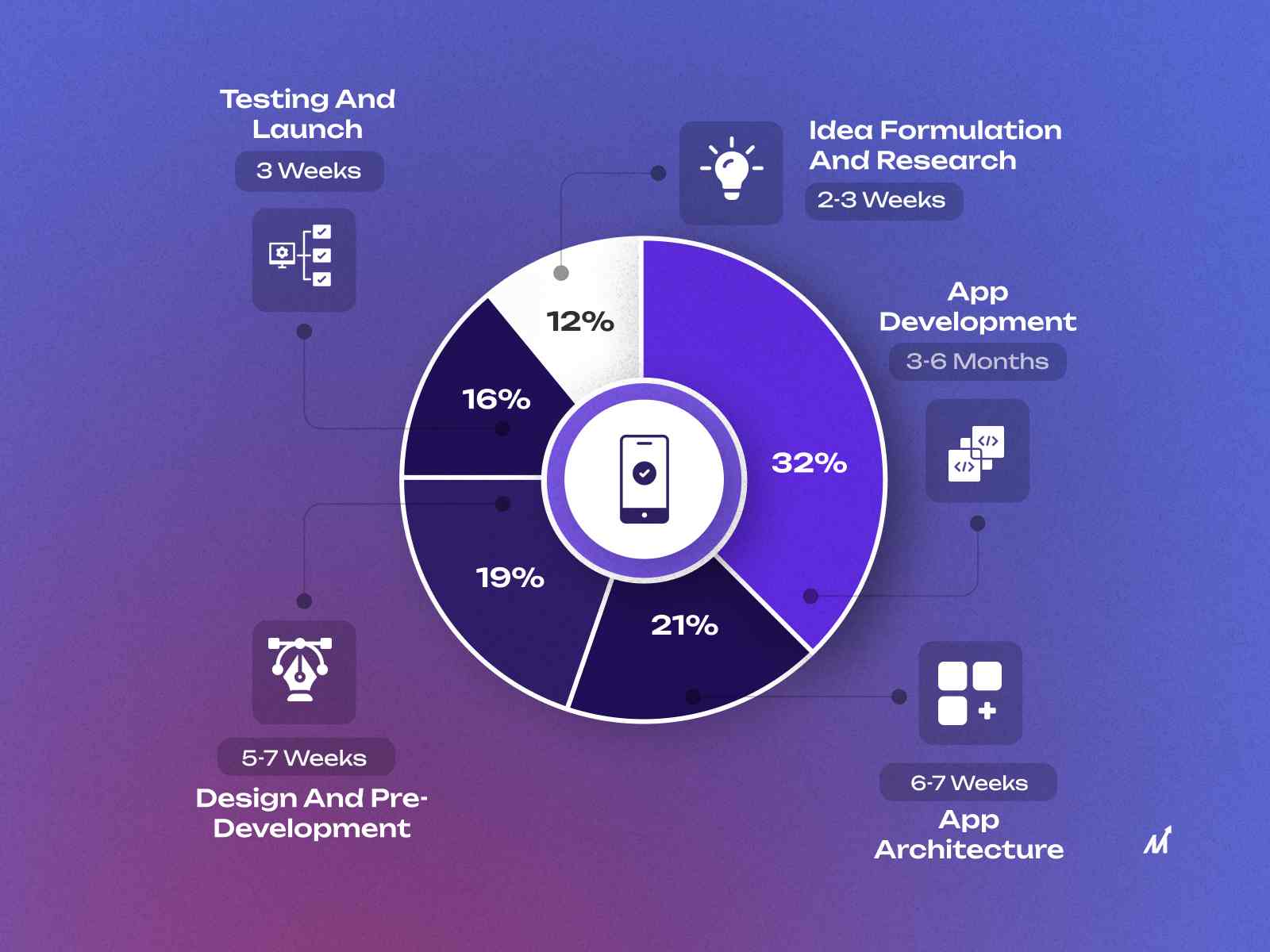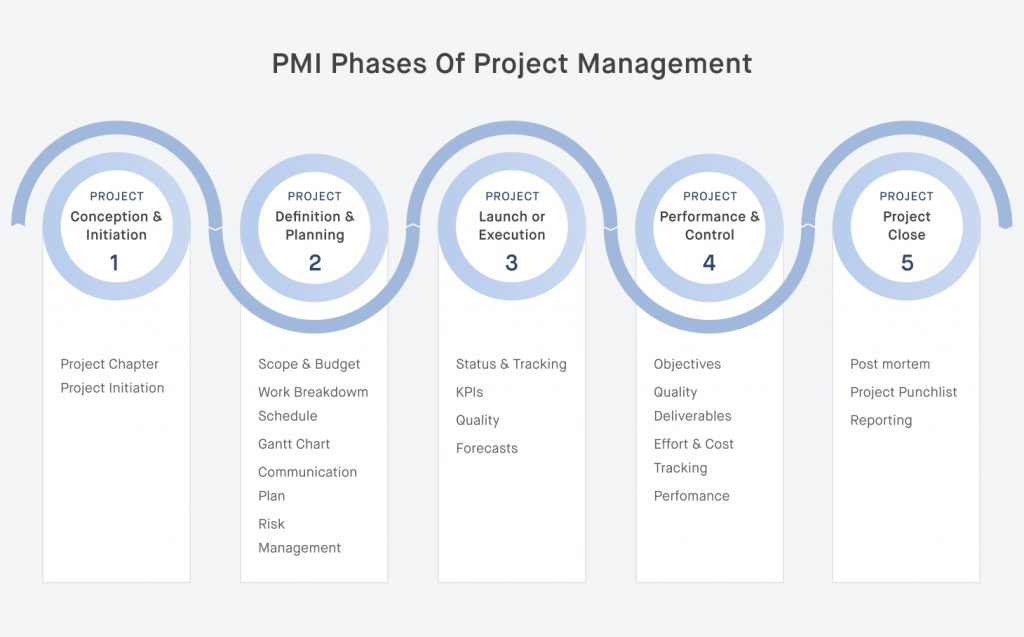Impact of Project Timeline on Mobile Website Costs
Accelerated Timelines Increase Costs
When a mobile website project must be completed faster than the standard development cycle, costs typically rise. This is because developers may need to work overtime, bring in additional team members, or reallocate resources from other projects to meet the compressed deadline. Such scenarios often result in higher labor costs, potential quality compromises, and increased management overhead. Conversely, projects with flexible timelines allow for more efficient resource allocation and can lead to cost savings, as agencies can schedule work during normal business hours and avoid rush charges.
Typical Development Timelines
For context, a basic mobile website might take 2–6 weeks, while more complex sites (e.g., e-commerce or custom web applications) can require 12–36 weeks or more, assuming prompt client feedback and content delivery. Any delay in approvals or content can extend these timelines further.
Rush Fees: Definition and Calculation
What Are Rush Fees?
A rush fee is an additional charge applied when a client requests work to be completed in a significantly shorter timeframe than usual—often within 24–48 hours for urgent requests. This fee compensates the development team for the extra pressure, potential overtime, and disruption to their standard workflow.
How Rush Fees Are Calculated
There is no universal formula, but common methods include:
- Percentage-based increase: Adding 25%–100% (or more) to the standard rate, depending on urgency.
- Flat fee surcharge: A fixed extra charge for expedited delivery (e.g., $200 for same-day turnaround).
- Hourly rate increase: Raising the hourly rate for all work done under rush conditions.
Industry Benchmarks
Web developers and agencies often charge 50%–100% extra for same-day or overnight work, and some may even double their rates for weekend turnarounds. Freelancers might add a 25%–50% rush fee for projects needing completion in days instead of weeks.
Factors Influencing Timeline and Cost
| Factor | Impact on Cost/Timeline | Notes |
|---|---|---|
| Project Complexity | Higher complexity = longer timeline, higher cost | Custom features, integrations, and advanced design increase both. |
| Client Responsiveness | Delays in feedback/content extend timeline and cost | Prompt approvals help keep projects on schedule. |
| Team Expertise | Experienced teams may cost more but deliver faster/better | Higher initial cost can reduce long-term expenses. |
| Geographic Location | Rates vary by region | Offshore teams may offer lower rates but consider time zone issues. |
| Integration & Testing | More integrations/testing = longer timeline, higher cost | Changes or additions late in the process are especially costly. |
Summary Table: Timeline vs. Cost
| Timeline Scenario | Typical Cost Impact | Key Reasons |
|---|---|---|
| Standard (flexible) | Lower | Efficient resource use, no overtime |
| Accelerated (rush) | Higher (25%–100%+ rush fee) | Overtime, extra staff, disrupted workflow |
| Extended (delays) | Potentially higher | Prolonged management, possible rework |
Key Takeaways
- Rush timelines and fees directly increase mobile website development costs due to overtime, resource reallocation, and potential quality trade-offs.
- Flexible timelines allow for cost optimization and better quality outcomes, as work can proceed at a sustainable pace.
- Clear communication and prompt client feedback are essential to avoid timeline extensions and associated cost overruns.
- Rush fees are standard in the industry and should be expected when requesting expedited delivery, with rates varying by urgency and project complexity.
Understanding these dynamics helps businesses plan budgets more accurately and negotiate timelines that balance speed, cost, and quality.





